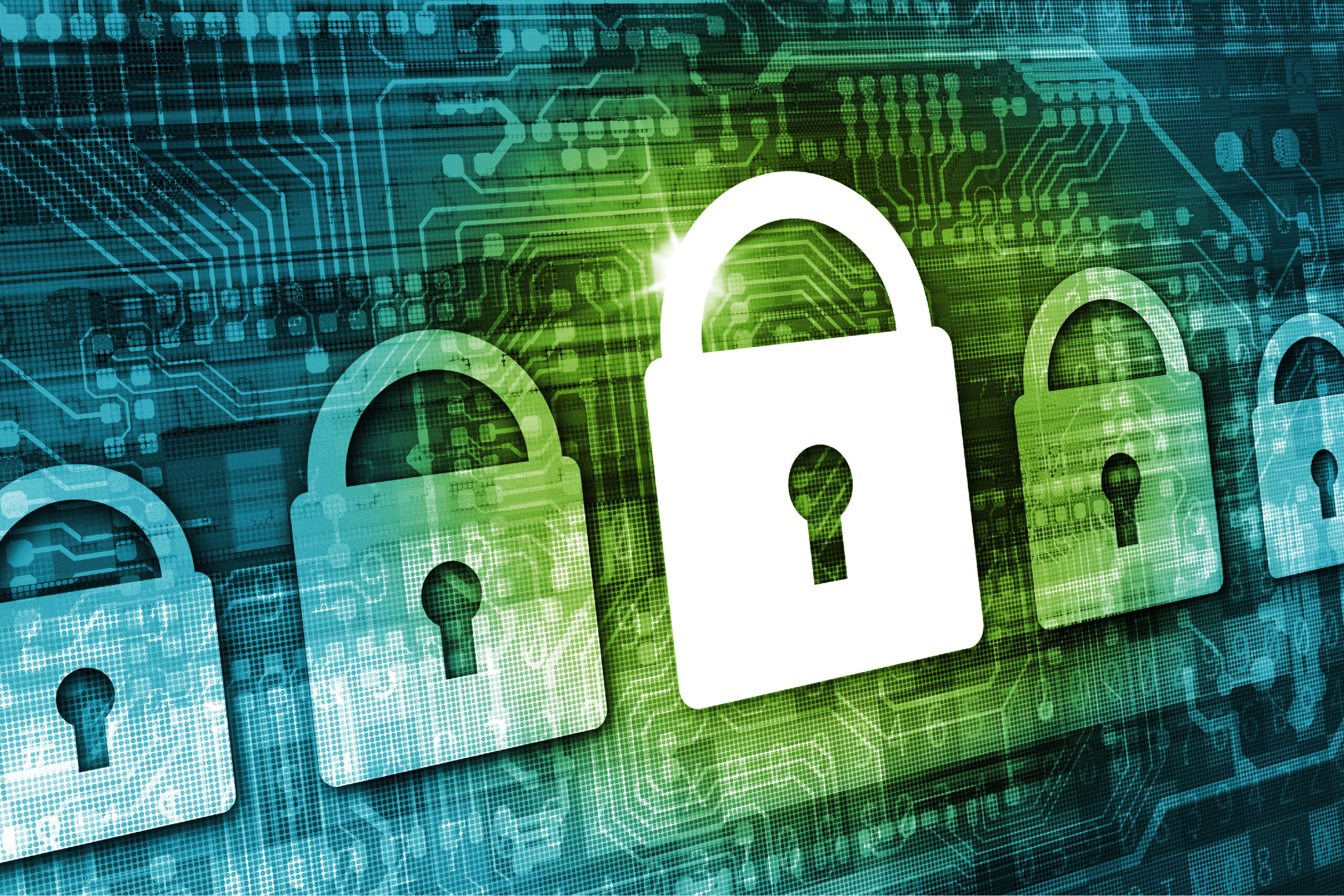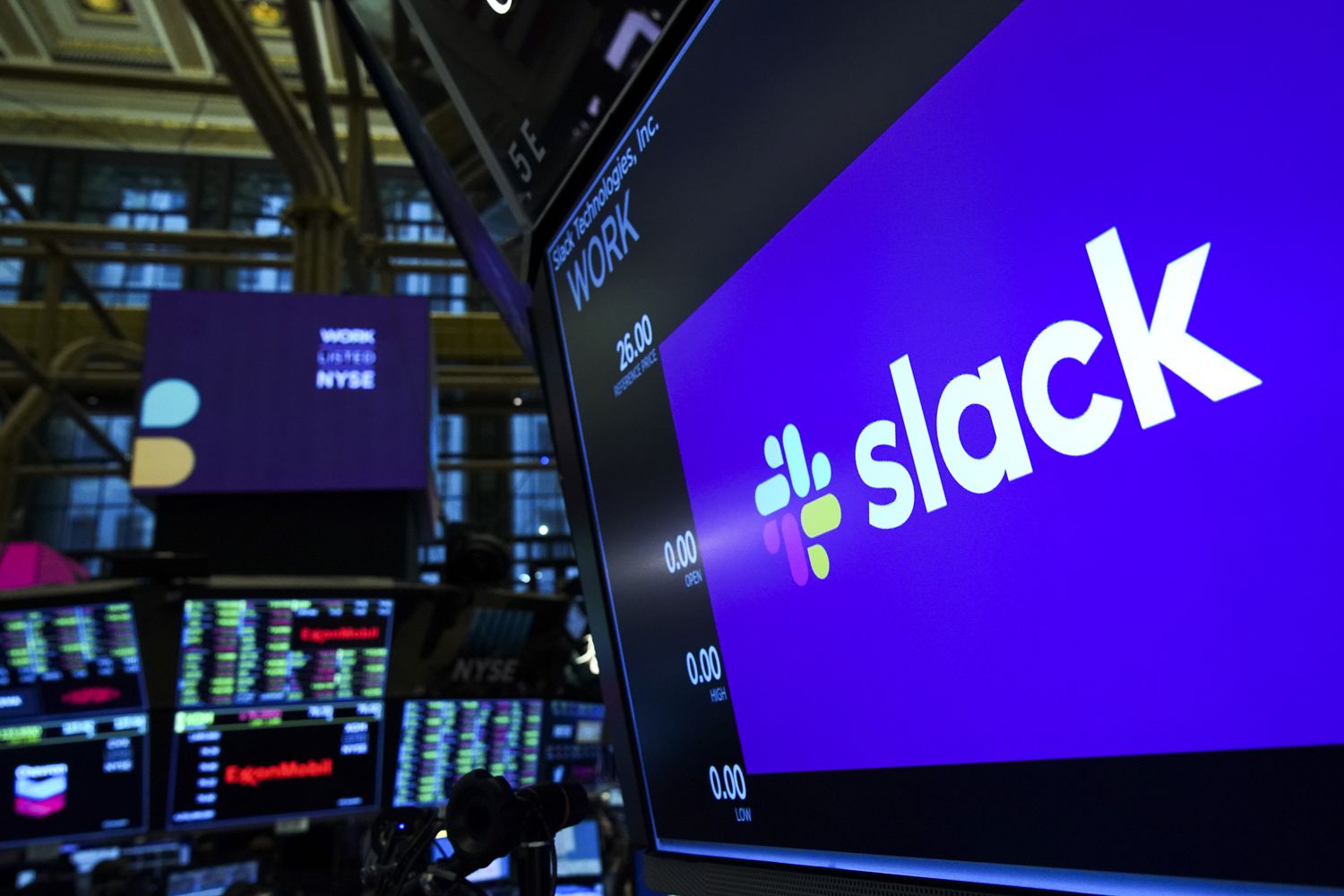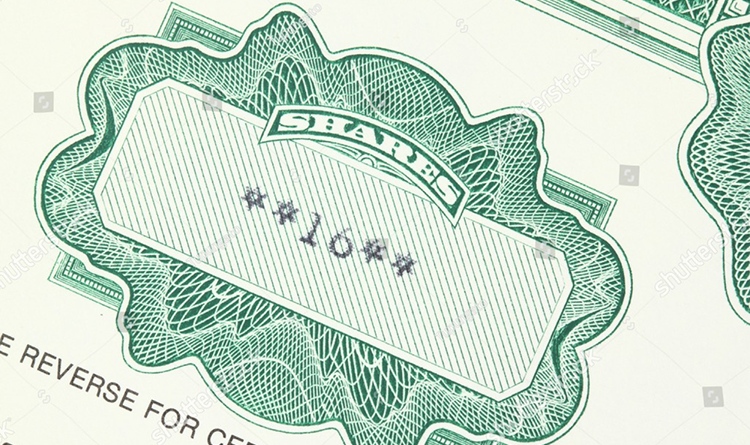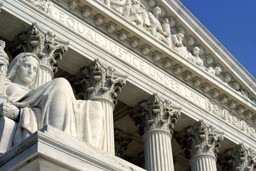The Implications of Marijuana's Potential Reclassification for the Healthcare
As word spreads about the U.S. Department of Health and Human Services' recent recommendation to reclassify marijuana from a Schedule I to a Schedule III controlled substance, healthcare providers, insurers, and pharmaceutical companies are justifiably keen to understand the full scope of this proposed change. This article provides an overview of just how reclassification would reverberate throughout the healthcare industry.
Expanded Research Capabilities
Currently, marijuana’s Schedule I status severely curtails medical research by imposing rigorous regulatory hurdles, including stringent DEA approval requirements and a limited supply of research-grade cannabis. A reclassification to Schedule III would relax these constraints, permitting an acceleration in clinical trials and research. This could yield new cannabis-based medical treatments and significantly expand our understanding of marijuana's therapeutic effects. Moreover, partnerships between academic research institutions and the private sector could flourish, advancing more rapid and diverse studies.
Prescribing Regulations
Moving marijuana to Schedule III would affect prescribing practices. Unlike Schedule I substances, Schedule III drugs can be prescribed by a healthcare provider, but with certain restrictions. Providers would need to familiarize themselves with these new rules and possibly undergo specific training to prescribe cannabis-based products legally, even opening up new specialized health insurance products.
Insurance Coverage
The Schedule I status of marijuana has long been a sticking point in the insurance industry, making it virtually impossible for patients to get coverage for medical cannabis treatments. A change in federal classification would likely lead to a re-evaluation of insurance policies concerning marijuana. While immediate universal coverage is improbable, incremental changes could result in more comprehensive insurance options for patients seeking cannabis-based therapies.
Drug Scheduling and Pharmacy Distribution
Currently, marijuana products are generally distributed through specialized dispensaries. A shift to Schedule III would open the possibility for mainstream pharmacies to dispense cannabis-based medications, under strict regulations. Pharmacies and healthcare facilities would need to adhere to new guidelines for the storage, prescription, and sale of these products, a change that would require legal oversight and compliance procedures. Furthermore, pharmaceutical companies may compete for patents and FDA approval of specific cannabis-based drugs, changing the competitive landscape.
Risk Management and Liability
Healthcare providers prescribing or administering cannabis-based treatments would find themselves navigating a new landscape of potential risks and liabilities. Medical malpractice insurance policies may need to be updated to include cannabis-related treatments, and informed consent procedures would need to be revised to incorporate the specific risks and benefits associated with such therapies.
Regulatory Compliance
Should the proposed reclassification materialize, healthcare institutions would need to update their compliance programs to incorporate new federal and state regulations concerning the use and prescription of cannabis-based products. Failure to adhere to these evolving guidelines could result in legal penalties, including fines and potential revocation of medical licenses. Telemedicine protocols for prescribing cannabis could also come into play, requiring an update to existing telehealth regulations.
Ethical Considerations
Beyond the legal implications, healthcare providers would face ethical questions, particularly regarding the prescription of cannabis for certain patient demographics like minors or pregnant women. This would necessitate revising ethical guidelines and potentially require consultations with ethics committees to navigate complex scenarios. The potential for increased recreational use also raises public health concerns, especially among adolescents.
The possible reclassification of marijuana could serve as a transformative catalyst in the healthcare sector, presenting new opportunities, challenges, and legal complexities. Given the seismic shifts that would result should cannabis be classified as a Schedule III substance, which could happen as early as 2024, it is imperative for stakeholders in the healthcare industry to seek informed legal counsel to prepare for the challenges and opportunities that lie ahead and navigate the intricacies of this evolving landscape effectively.
This blog post is not offered, and should not be relied on, as legal advice. You should consult an attorney for advice in specific situations.










